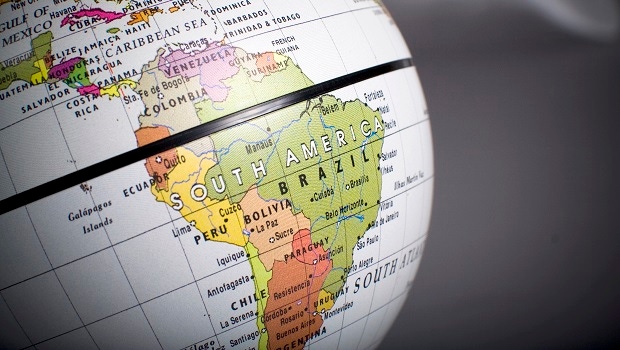Regulatory Trends: Whats Required to Successfully Launch Dietary Supplements across Latin America (Part 1 of 2)
2016 will be a year full of regulatory breakthroughs both at national and regional levels in Latin America, writes David Pineda Ereño, managing director, Latin America, EAS Strategies.

Dietary supplements have already been for some time at the top of the regulatory agenda. However, we are expecting 2016 to be a year full of breakthroughs both at national and regional level.
On the one hand, we will be seeing the outcome of the review and development of dietary supplement regulations at the national level in countries such as Argentina, Brazil, Chile, Costa Rica, Ecuador and Uruguay. In some cases, the review includes changes in the scope or amendments to specific sections of the existing regulation. In other cases, new specific regulation is developed for dietary supplements either because no rules had been adopted yet for this category of products or because there were very significant gaps.
In this regard, it is worth highlighting that the publication of the amendments to the regulations in Argentina, Chile and Costa Rica could be expected in the first quarter of this year. While the amendments to the regulation in Argentina includes a number of improvements, the changes in the scope of the regulations in Chile and Costa Rica consist mainly of separating the regulation of dietary supplements from other categories of products such as energy drinks, which they have been regulated under the same chapter until now.
In addition, the discussions on the new draft framework regulation for dietary supplements in Brazil are ongoing. The draft framework regulation would bring a positive scenario for dietary supplements, currently regulated under a fragmented series of regulations. Although the draft needs some improvements, it is overall a breakthrough for the category and would facilitate the access of supplement products to the market. However, such draft framework regulation will require to be completed by further implementing pieces of regulation to address issues such as positive lists of ingredients, maximum levels, claims or market access requirements. It is thereby expected that the talks will intensify in the coming months.
Furthermore, as the authorities in Ecuador have been working in the development of brand new regulations specific for dietary supplements, taking into account most recent scientific and regulatory trends, the outcome of the work is expected to be released also in the coming months. The case of Uruguay is different since the specific draft regulation was completed in 2014 but not yet formally approved and published. However, authorities are using the draft as their guidance for approving the registration of dietary supplements. Consequently, the draft regulation is considered also as a guide for market operators.
Finally, industry representatives have been working for more than a year with the authorities in Venezuela on a new regulation to expand the existing regulatory framework applicable to dietary supplements, taking into account most recent trends. It remains to be seen whether this work will see the light this year.
On the other hand, although dietary supplements are subject to different national vertical regulations across Latin America and the existing regulatory disparities are significant, it is worth pointing out the importance of following closely the developments by the number of trade blocs that exist in the region.
At present there are, for example, harmonized horizontal labeling regulations and standards applying to food and beverages and dietary supplements as well. This is the case in MERCOSUR, whose members are Argentina, Brazil, Paraguay, Uruguay and Venezuela (Bolivia is still going through the integration process) and in the Central American Economic Integration System, whose members are Costa Rica, El Salvador, Guatemala, Honduras, Nicaragua and Panama.
Additionally, two trade blocs in Latin America are addressing the harmonization of vertical regulation for dietary supplements. Discussions are ongoing already to consider initiating a process for the harmonization under the Central American Economic Integration System. However, the Pacific Alliance Business Council is completing its proposal for a harmonized supplements regulation, which has already been shared with the authorities of the Pacific Alliance member countries, which are Chile, Colombia, Mexico and Peru. Consequently, it could be expected that the authorities in these countries would be reviewing their regulations at the national level during the course of this year as well.
Stay tuned for advice on developing a strategy for success when entering a market in Latin America in tomorrow’s blog, “Regulatory Trends: What’s Required to Successfully Launch Dietary Supplements across Latin America (Part 2 of 2)."
David Pineda Ereño is managing director, Latin America, EAS Strategies (eas-strategies.com). As an expert in the food, nutrition and health arena, David provides legal and strategic advice on regulatory issues, including the harmonization of regulations, to companies, trade associations and government bodies in Latin America and across the globe. His expertise also encompasses the work of the World Trade Organization and the Codex Alimentarius Commission.
About the Author(s)
You May Also Like




.png?width=800&auto=webp&quality=80&disable=upscale)